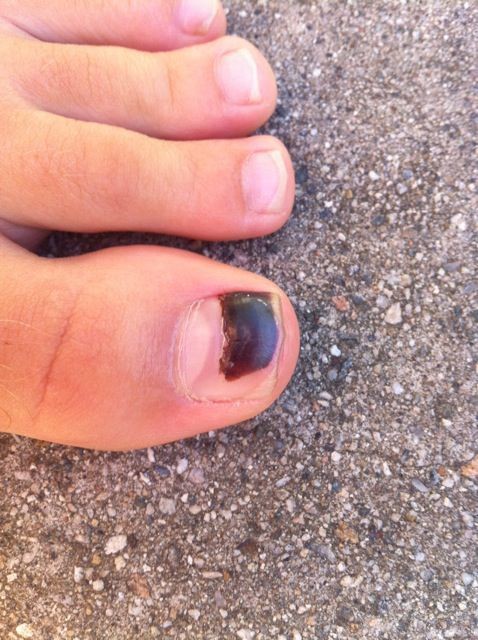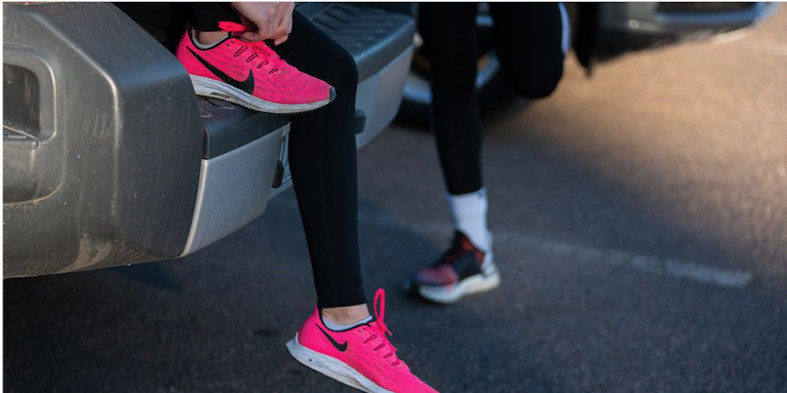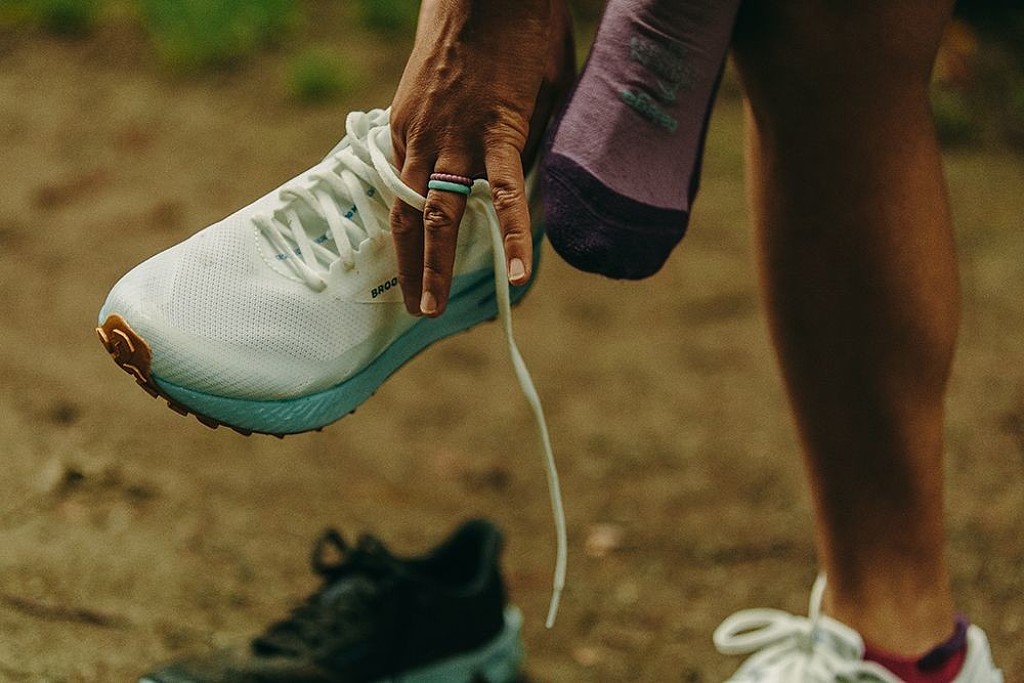Running News Daily
Running News Daily is edited by Bob Anderson. Send your news items to bob@mybestruns.com Advertising opportunities available. Train the Kenyan Way at KATA Kenya and Portugal owned and operated by Bob Anderson. Be sure to catch our movie A Long Run the movie KATA Running Camps and KATA Potato Farms - 31 now open in Kenya! https://kata.ke/
Index to Daily Posts · Sign Up For Updates · Run The World Feed
Black Toenails Is an injury that is totally preventable so why is it something many athletes aspire to achieve?
Seven years ago, when I first entered the world of marathons, I joined a group of runners who, on our very first long run, let me know the chaos that training for 26.2 miles would bring. Being the newbie to the club, I was schooled and taunted by the veterans. They made me feel like my measly 5K and half marathon finishes were nothing. They warned of the 20-miler ahead, insufferable track workouts, and bizarre bodily reactions to the new, great distances.
For instance, they said I would suffer the burn of chafed skin. They explained I would likely experience the strange dichotomy between the urgent need to poop halfway through a training run and the impossibility of pooping on race day morning. And then, a man with a shaved bald head and sunburned scalp told me that if I was lucky, and if I trained hard enough, my toenails would turn black. He reveled in the pride of his own bruised nail beds.

“Ah yes, the first time I ever got one was my first marathon,” he said, remembering it, like he should have earned a Purple Heart. He gave us the current status of his feet: His left big toenail had fallen off, his right big toenail was permanently blue. The others in the group laughed and nodded along. Many said they, too, had mangled toenails.
“But doesn’t that hurt?” I asked.
“Sometimes,” the sunburned man said. “But it shows you are putting in the work.”

At first I did not believe that experiencing disfigurement was a necessary part of marathon training. But of course, I had never run the distance before. I wondered how many miles it would take for me to earn my first black toenail. I did research. I read how the impact of a toe repeatedly bashing up against the inside of a shoe can cause a toenail to bruise. My Google searches said that it happens to runners tackling longer distances. It sounded like the sunburned bald man was right. This magical rite of passage would confirm that I could tolerate long miles and prove I was a real runner.
Beginners seldom suffer black toenails because they do not yet have the number of foot strikes that would warrant one, Runner’s World previously reported. I felt like my perfectly pedicured toes were a telltale sign that I was new to longer distances. As I reached my peak training weeks, I checked my feet nightly half hoping a nail bed would appear purple at the very least.
Now, after three marathon training cycles, a lot of miles, and totally normal toenails, I wonder: What exactly does the black toenail prove? Maybe the toenail reminds us of all the miles and pain we have endured, acting as a visible representation of the sacrifice of the runner. Perhaps it announces to the world (if the afflicted is so bold as to wear flip flops, which those in this tribe so often are): “Hey, I am a runner. And I’m a serious runner, too.” But why do we need the reminder—and why would we need to show off the pain of training if we know we’ve left our best out on the road?
During that first training cycle, as I longed for a black toenail, I unwittingly prevented trauma to my feet by making sure my shoes fit well. I had visited a local running shop and purchased a pair that was a thumb-width distance from the tip of my longest toe to the end of my shoe. I wore thin socks, clipped my toenails short, and laced my shoes to ensure they were not too snug or loose. That’s the thing: Black toenails are generally pretty easy to prevent, even if you are running long distances, even if you are actively trying to cause one.
I wondered, too, why so many experienced runners get them. Maybe the shoes they adore and refuse to give up don’t have enough room for their feet. A heavy foot strike causes more intense microtraumas than someone lighter on their feet, research in Podiatry Today suggests. Like any injury, the volume of miles tolerated by one runner could damage another.
So, let’s say you do everything right, and you just run so much that your tiny toenails slowly turn purple, blue, and black—why is this considered positive? How have we let what is essentially a gear problem, or an overtraining injury, become something a group of athletes aspires to achieve?
The running community really leans into the “no pain, no gain” fallacy. We thrive on the agony of the miles and brag about how far, how fast, how much we push ourselves. But running doesn’t have to be treacherous. Yes, the sport is hard—you might feel out of breath, your leg muscles might feel exhausted, or your feet could ache. Those sensations are normal. But you can make progress without tormenting yourself. And to be real, if you’re training at the paces you’re supposed to, the biggest anguish you’ll likely face is boredom on a long run.
Perhaps runners have too much of a dependence on suffering. Celebrating black toenails is representative of an overall ethos that encourages runners to push past the point of pain. It’s time to change that line of thinking. Running—any distance at any pace in any circumstance—is already challenging enough. Let’s give ourselves and each other a break and applaud our ability to run, not our dedication to discomfort. A “real runner” is not determined by how much they hurt or how messed up their feet look. Real runners take care of their bodies and real runners can make it to the finish line unscathed.
If, for whatever reason, your poor toes get beat up as you train, it happens. Accept it, treat it (here’s how!), check your shoes and your socks, and be kind to those little appendages as they heal. But do not buy into the culture of the sunburned bald man. Those who are wounded in marathoning action, who believe they are tougher, stronger, and more genuine runners because of their tar-colored toenails, are mistaken. Anyone who runs is a real runner, regardless of the color of your toes.
by Runner’s World
Login to leave a comment




